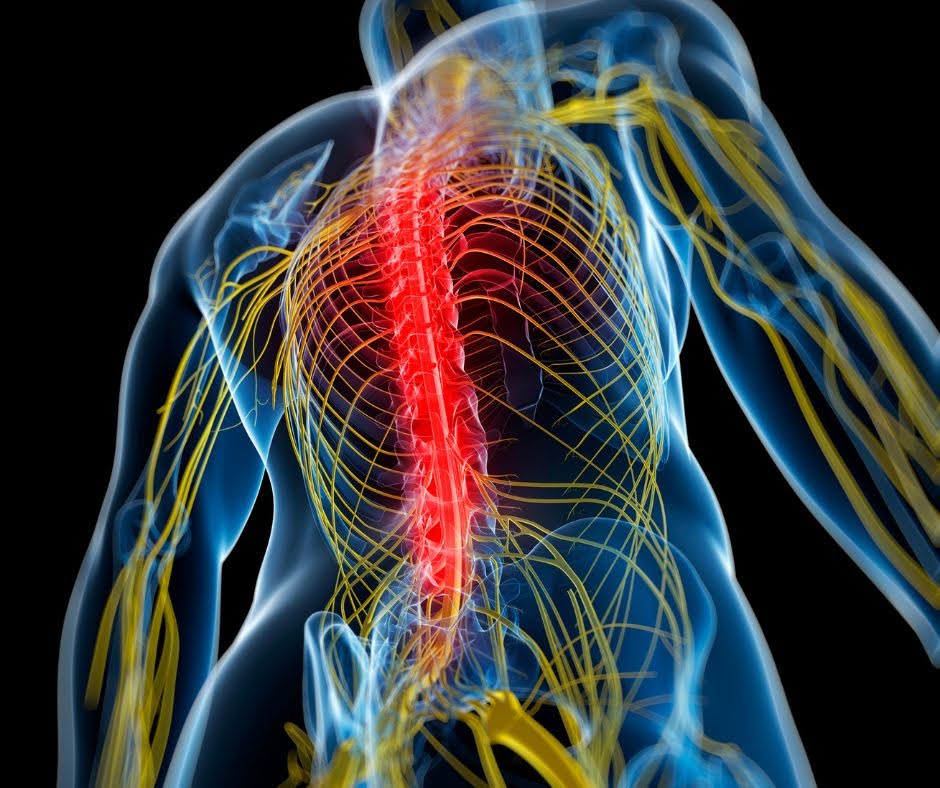Back pain is a prevalent musculoskeletal disorder affecting millions of individuals worldwide. Its multifaceted nature encompasses various causes, ranging from mechanical issues to underlying medical conditions. Understanding the aetiology, preventive measures, treatment modalities, and the potential contribution of osteopathy is crucial for effectively managing this pervasive health concern.
Causes of Back Pain
Back pain can stem from diverse sources, including mechanical factors, degenerative changes, injuries, and systemic diseases. Mechanical factors such as muscle strain, ligament sprain, and intervertebral disc degeneration often result from poor posture, improper lifting techniques, or repetitive movements.
Degenerative conditions like osteoarthritis and spinal stenosis contribute to structural changes in the spine, leading to chronic pain. Traumatic incidents like fractures, herniated discs, or spinal cord injuries can cause acute or chronic back pain. Furthermore, systemic disorders like osteoporosis, infections, or tumors may manifest as back pain.
Prevention Strategies
Preventing back pain involves adopting healthy lifestyle habits and ergonomic practices. Maintaining proper posture, particularly while sitting, standing, and lifting heavy objects, reduces stress on the spine.
Engaging in regular physical exercise strengthens back muscles, enhances flexibility, and promotes spinal alignment. Weight management contributes to alleviating excess strain on the spine, while adequate nutrition supports bone health.
Ergonomic modifications in the workplace, such as adjustable chairs and ergonomic desks, minimize the risk of developing back pain due to prolonged sitting.
Management and Treatment
The management of back pain encompasses a multidisciplinary approach tailored to individual needs. Conservative treatments include rest, ice or heat therapy, over-the-counter pain relievers, and physical therapy to improve mobility and strengthen supportive muscles.
In cases of persistent or severe pain, healthcare providers may recommend prescription medications, epidural steroid injections, or transcutaneous electrical nerve stimulation (TENS).
Surgical interventions like discectomy, laminectomy, or spinal fusion are considered for specific conditions unresponsive to conservative treatments or in cases of severe neurological deficits.
The Role of Osteopathy
Osteopathy, a holistic approach to healthcare, emphasizes the interconnection between the body’s structure and function in promoting health and well-being. Osteopathic practitioners utilize manual techniques, including manipulation and mobilization of the musculoskeletal system, to address dysfunctions contributing to back pain.
By restoring mobility, improving circulation, and enhancing the body’s self-healing mechanisms, osteopathy aims to alleviate pain, reduce inflammation, and improve overall function.
Osteopathic treatment may complement conventional medical interventions, providing patients with a comprehensive approach to managing back pain and promoting long-term musculoskeletal health.
Final Thoughts
Back pain is a prevalent condition with diverse underlying causes, ranging from mechanical issues to systemic diseases. Adopting preventive measures, including maintaining proper posture, regular exercise, and ergonomic modifications, can mitigate the risk of developing back pain.
Treatment modalities encompass a multidisciplinary approach tailored to individual needs, ranging from conservative measures to surgical interventions. Osteopathy offers a holistic approach to managing back pain, emphasizing manual techniques to address musculoskeletal dysfunctions and promote overall well-being. Collaborative efforts between patients, healthcare providers, and osteopathic practitioners are essential for effectively managing back pain and improving quality of life.
